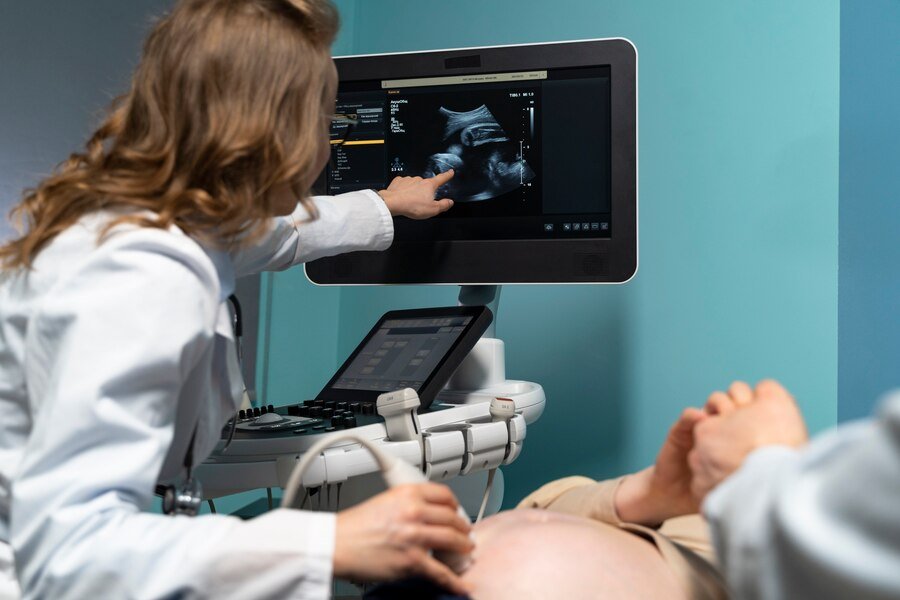In the realm of modern medicine, endoscopy has revolutionized the way clinicians diagnose and treat a myriad of medical conditions. Best Gastroenterologist in Rohini, The ability to visualize internal organs and structures without invasive surgery has been a game-changer in improving patient outcomes and reducing recovery times. Central to the success of endoscopy is the continuous evolution of imaging technology, which has seen remarkable advancements in recent years.
To Know More About It Please Click Here
Introduction to Endoscopic Imaging
Endoscopic imaging involves the use of specialized instruments equipped with cameras and lights to visualize the interior of the body. These instruments, known as endoscopes, are inserted into natural openings or small incisions in the body, allowing physicians to examine organs such as the gastrointestinal tract, respiratory system, and urinary tract with precision and clarity.
Traditionally, endoscopic imaging relied on basic optical systems that provided limited visual information. However, rapid technological advancements have led to the development of sophisticated imaging modalities that offer enhanced clarity, resolution, and diagnostic capabilities.
Advancements in Endoscopic Imaging Technology
- High-Definition Imaging: One of the most significant advancements in endoscopic imaging technology is the transition from standard-definition to high-definition (HD) and even ultra-high-definition (4K) resolution. These advancements have vastly improved image quality, allowing clinicians to visualize fine details and subtle abnormalities with greater clarity.
- Narrow Band Imaging (NBI): NBI is a novel imaging technique that enhances the visualization of blood vessels and mucosal surfaces within the gastrointestinal tract. By selectively filtering light wavelengths, NBI highlights vascular patterns and mucosal structures, aiding in the detection of abnormalities such as early-stage cancers and inflammatory lesions.
- Confocal Laser Endomicroscopy (CLE): CLE enables real-time, microscopic imaging of tissue at a cellular level during endoscopic procedures. By integrating laser scanning technology into the endoscope, CLE provides high-resolution images that allow clinicians to assess cellular morphology and tissue architecture with unparalleled detail. Best Gastroenterologist in Rohini This technology is particularly valuable for diagnosing gastrointestinal conditions and guiding targeted biopsies.
- Endoscopic Ultrasound (EUS): EUS combines endoscopy with ultrasound imaging to visualize structures beyond the mucosal layer of the gastrointestinal tract. Recent advancements in EUS technology, such as the development of miniaturized probes and high-frequency transducers, have improved image resolution and enabled precise staging of gastrointestinal cancers. Additionally, techniques such as elastography have enhanced the ability to differentiate between benign and malignant lesions.
- Virtual Chromoendoscopy: Virtual chromoendoscopy utilizes advanced image processing algorithms to simulate the effect of traditional chromoendoscopy without the need for contrast agents. By enhancing color contrast and highlighting surface patterns, virtual chromoendoscopy improves lesion detection and characterization, particularly in the context of colorectal cancer screening and surveillance.
Clinical Implications and Future Directions
The continuous evolution of endoscopic imaging technology holds immense promise for improving patient care across various medical specialties. Enhanced visualization capabilities enable earlier detection of lesions, more accurate diagnosis of diseases, and precise guidance for therapeutic interventions.
Looking ahead, future advancements in endoscopic imaging technology are likely to focus on further improving image resolution, expanding the range of accessible anatomical sites, and integrating artificial intelligence algorithms for real-time image analysis and decision support.
In conclusion
The field of endoscopic imaging technology has witnessed remarkable progress, driven by innovation and collaboration between clinicians, engineers, and researchers. Best Gastroenterologist in Rohini These advancements not only enhance the diagnostic and therapeutic capabilities of endoscopy but also pave the way for personalized and minimally invasive approaches to healthcare delivery. As endoscopic imaging technology continues to evolve, its transformative impact on medicine is poised to grow, offering new avenues for improving patient outcomes and advancing the practice of modern healthcare.


